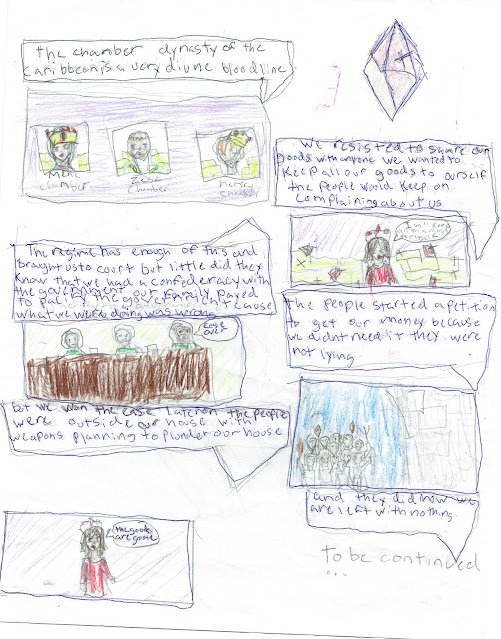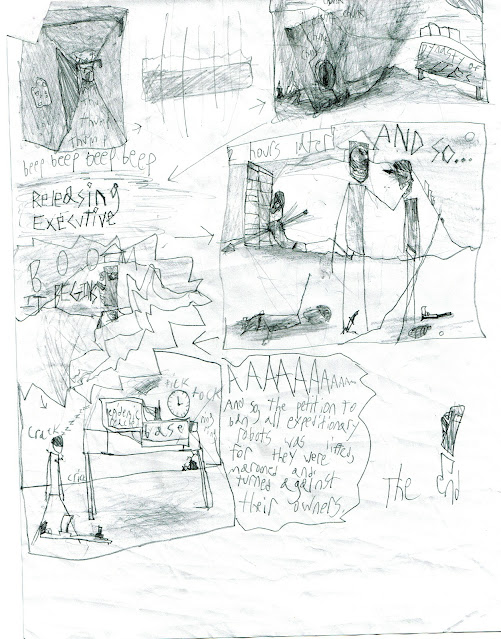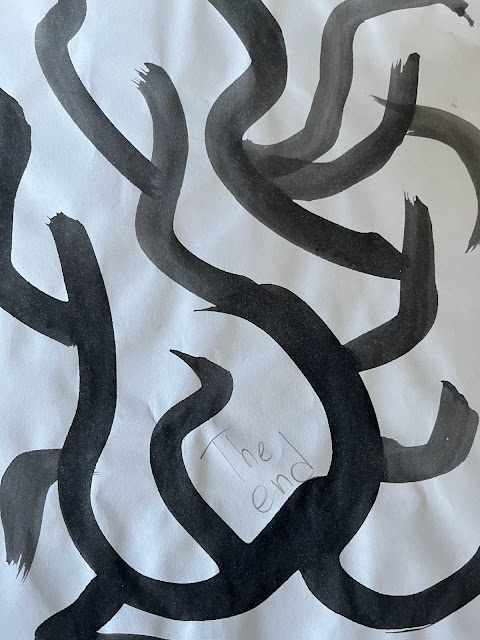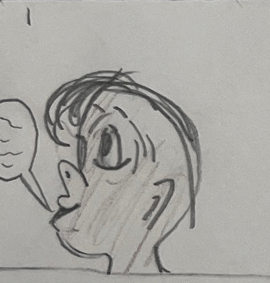Ancient and Contemporary Maya
In this Unit, we left the Caribbean and traveled to the Yucatan Peninsula to study the Mayan people. There are 7 million Mayans living in Central America today. They are mostly in Southern Mexico, Belize and Guatemala. Mayans have been living in this region of the world for thousands and thousands of years; they have left many artifacts of their ancient culture.
Mayans lived in city states; this means each city was its own independent nation. This is why there are so many different Mayan dialects and languages today (in Belize alone there are 3!). The ruins of many of their ancient cities can be visited, such as Tikal and Xununtunich.
Archaeologists are still making discoveries of the ancient Mayans today. We do know that each city was largely independent, but often one would go to war to expand control and influence over other cities. Ancient Mayan society was separated into strictly ranked groups. At the top were the supreme rulers who inherited their position. They traded by sea and by land. They traded salt, cotton, cocoa, fish, honey, feathers, shells and precious stones. Cocoa beans were used as money. Belize was an important trading centre for the entire Maya area.
Ancient Mayan culture was extremely advanced. They had mathematics, astrology, architecture, currency, trade, Religion and many other facets of an advanced society. They developed sophisticated written languages, a highly accurate calendar and intricate art forms in painting, sculpture, metal and textiles.
The majority of Mayans were farmers. They lived in simple thatched houses surrounded by forest gardens. They ate tortillas, beans, tomatoes, peppers and other vegetables. The rich had a more elaborate diet of turkey, fish and game meat, and a chocolate drink made of cocoa and chili. Most Maya wore simple cotton clothes and occasionally sandals. The rulers and merchants wore jewelry and feathered headdresses.
By the middle of the 10th century, Mayan society fell into decline. Archaeologists theorize this was because the land was no longer able to produce enough food for the people. Changes in climate, wars and scarcity of products to trade may have further contributed to the weakened Maya society. Their temples and public buildings were abandoned. The Mayans moved to other areas. The population became smaller, but the Mayans were still there when Europeans arrived in the 16th and 17th centuries.
Since the arrival of Spanish Conquistadores, there has been strong Mayan resistance to Colonization. It took the Spanish almost 200 years to pacify the region for their plundering of Mayan Gold, Silver, Jade and other resources because there was so much resistence. This resistance continued through the Caste War of the Yucatan (1847-1901), the Mexican Revolution (1910-1920) and the Zapatista Uprising of 1994. There has been many attempts to destroy Mayan culture and indoctrinate the Mayans, but the Mayans have resisted. We are better off for this resistance, because their culture is extremely rich and there is much we can learn from it.
The theme of the below comics is "Resistance".







































































Comments
Post a Comment